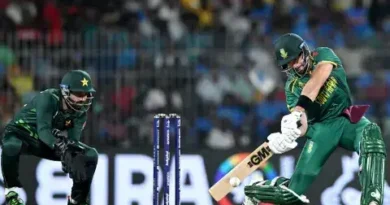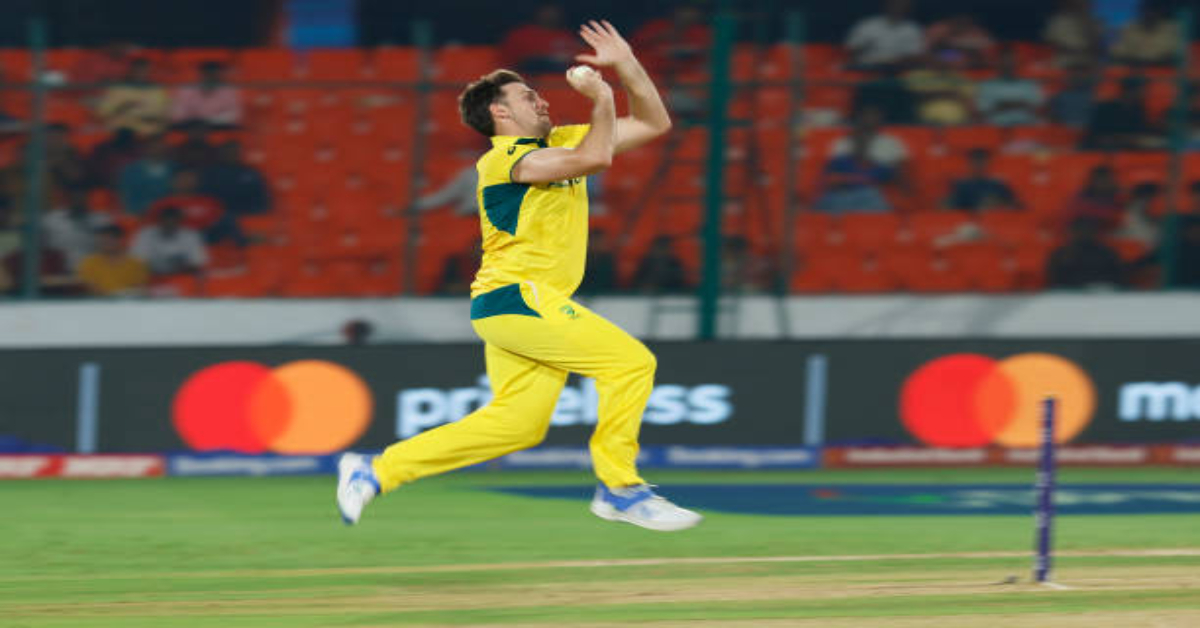India’s T20 World Cup Journey: Tough Questions and Options Ahead
If true to form, Rohit Sharma joins Rahul Dravid as the head of the Indian cricket crew until the T20 World Cup in June, there will be a component of a special goal to it: a last endeavor at a world title maybe, both for chief and mentor. They might have left with heads held high, regardless of whether or not on a definitive high, subsequent to winning 10 straight matches in transit to the 2023 ODI World Cup last, however there probably been that compulsion to attempt to finish the story once the proposition was made.
To be reasonable for Rohit and Dravid, this isn’t precisely a simple task, which is likely why they have been approached to go on in any case. It focuses on an absence of arranging from the chiefs who had neither thought about a progression plan nor inquired as to whether they needed to go on until four days after the World Cup last.
They had placed everything in the ODI World Cup container, then acknowledged they needed to fire preparing for a T20 World Cup. When they would have promoted for instructing competitors, talked with them, and afterward got somebody ready, India could not have possibly any matches passed on to attempt to construct a mix. What’s more, this isn’t simply any arrangement, yet the one India are areas of strength for least.
Unquestionably Dravid and Rohit understand what a gamble this is to their inheritance. India are not loafers but rather they are no place near overwhelming the T20 design as they do Tests and ODIs. Good to go, they are the group to beat in ODIs as we found On the Planet Cup. In Tests, it actually seems as though it will be some time before any side can take steps to take a home series off India while they keep on being cutthroat any place they visit. In T20Is, even ready for action, they are, indeed, on the top finish of the mid-card.
There are two or three primary issues with the synthesis of the XI. Despite being home to the greatest T20 association, regardless of being the greatest transcontinental country, India doesn’t create enough all-rounders to give them the sort of profundity that permits them to unreservedly play. One of their two all-rounders is injury-inclined, and the other one is simple to contain when he bats against the turn. They preferably need batting power, which can leave the bowling dainty, a gamble they have not been arranged to take despite the fact that the nature of bowling enjoys less gradual benefit in T20 cricket than in longer organizations.
The other issue is that in T20s, India is generally a nation of top-request hitters who are put in a position to bat through an innings. There isn’t sufficient prize inside, insufficient acknowledgment remotely, and subsequently insufficient pad to fizzle, for players who hit out magnanimously in the center request.
The gathering is maybe too imbued in the DNA of hitters, who have needed to show volume and midpoints to help chosen right from early on through each level before they arrive at the IPL or global cricket. All India’s past three knockout losses in T20 World Cups can be, and ought to be, put down to moderate batting, however, what is recollected? The no-ball from R Ashwin and the dropped to get in the 2016 semi-last and commander Rohit’s words that India ought to have bowled better in the 2022 semi-last.
With Rohit’s possible substitution as commander, Hardik Pandya, being injury-inclined, the transition to request that Rohit proceed appears to have as a lot to do with his captaincy as his freshly discovered structure in the ODI World Cup, which at long last paired the commendable purpose he has been appearing throughout recent years. That, then, at that point, makes another issue: if India concludes they need a more powerful No. 3 than Virat Kohli, do they have it in them to settle on a disagreeable choice, which turns out to be significantly more disliked assuming they hold one and drop the other?
Likewise what’s best for the Indian group isn’t generally best for the IPL group, which is the main non-global T20 cricket for the majority of India’s players. Take Liam Livingstone’s model. He was excessively great not to be playing for Britain, yet there was no space at the highest point of the request, where he used to bat. So Livingstone ensured he batted in the center request in each association he played, bowled a great deal of leg spin and off spin in the nets, and he introduced himself as a center request choice fit for dumbfounding an or three when required.
A comparative situation for India is KL Rahul, who is a sufficient wicketkeeper-hitter in the center request as he displayed for Imperial Challengers Bangalore in 2016, however, he can’t be approached to play an IPL season in that job for Lucknow Super Monsters since that will help India in the T20 World Cup. Disregard co-ordinating needs with an IPL group, there wasn’t sufficient progression in India’s break group the executives took four matches to try Jitesh Sharma out when India needed a wicketkeeper in the center request and not in the main three, where Ishan Kishan continued to bat.

Scarcely has an India player arisen and added as a lot to his game as Livingstone or New Zealand’s Glenn Phillips to make himself a superior fit in a group blend. They are close to fussbudgets at their center expertise and clearly buckle down on their handling, however, you seldom see a hitter bowl in India’s nets, for instance. Phillips goes through nearly an hour of bowling alone before a New Zealand net meeting.
It is as yet a demonstration of the solid nuts and bolts of India’s cricketers that they are predominant in two configurations and there or somewhere around there in the third. Beginning this Sunday in Durban, India has six internationals – three of them against Afghanistan – and perhaps a portion of the IPL to see what they need to see before they select their crew for the T20 World Cup.
That the circumstances for the competition, to be played in the USA and West Indies, are to a great extent obscure will presumably make it a somewhat more level battleground for India. Additionally, the excellence of T20 cricket is that structure and energy matter less in it than in different configurations. You can outmaneuver or disturb any group on a given day.
Dravid and Rohit, or whoever the commander is, don’t have the opportunity and willpower to achieve a culture change in India’s T20 cricket, however, in the event that they figure out how to take a strong action or two and figure out how to succeed, they could make a diagram for what’s in store.



